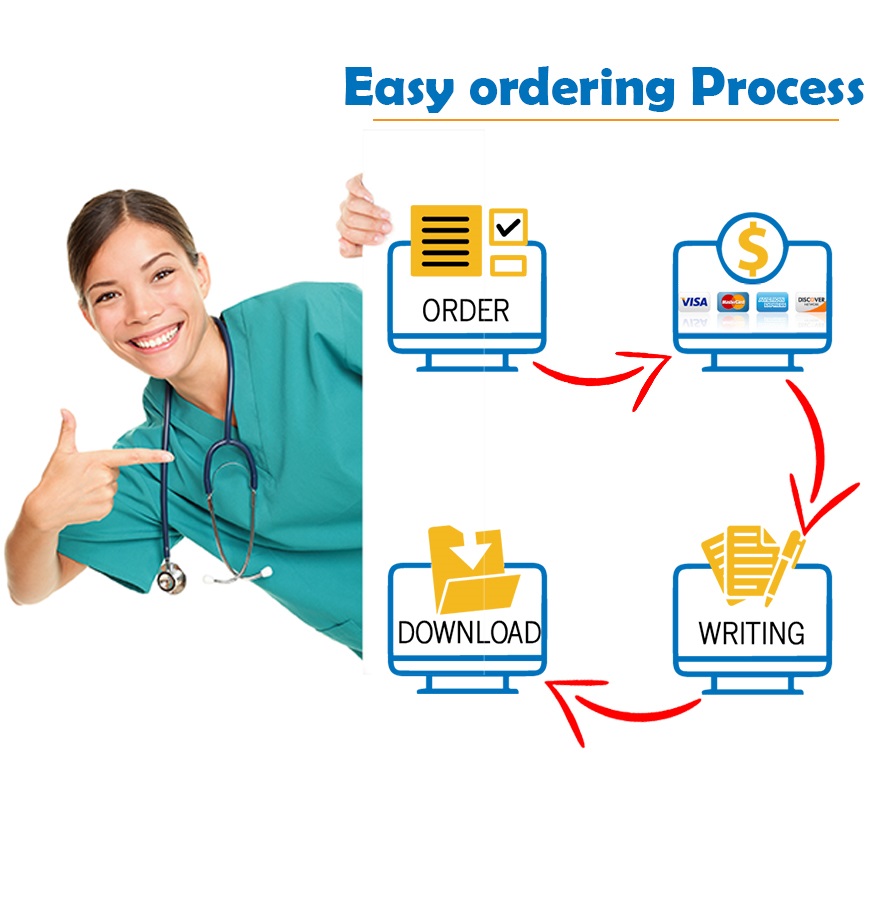STOCK AND BOND VALUATION
Assignment Overview
Before starting on this assignment, make sure to thoroughly review the required background materials. This assignment will require you to use the various discounted cash flow methods and dividend models to make computations. In addition to knowing the computational steps involved in stock and bond valuation, make sure you also understand the basic concepts.
Submit your answers as a Word document. Make sure to show your work for all quantitative questions, and make sure to fully explain your answers using references to the background readings for any conceptual questions. Questions 1 and 3 will require Excel, so submit an Excel file that shows your computational steps as a separate file in addition to your Word file. Question 4 is purely conceptual, no computations are necessary but make sure to apply and reference concepts from the required readings in your answers to each of the scenarios.
Case Assignment
- Suppose you buy a bond
that will pay $1000 in ten years along with an annual coupon payment of $50 and
the interest rate is 4%. Answer the following questions:
- What is the value of this bond?
- Now suppose the bond has no coupon payments (it is a “zero coupon” bond) but still pays $1000 in ten years. What is the value of this bond?
- What would happen to the value of the bond if the inflation rate unexpectedly goes up? What the bond value increase or decrease?
- Now suppose the bond still pays an annual coupon of $50 but the interest rate drops to 2%. What is the new value of this bond?
- The XYZ Corporation
pays a dividend of $1 for each share and its required rate of return is 8%.
Answer the following questions:
- Assuming zero growth in dividends, what is the value of each share?
- Now assume a 4% annual growth rate in the dividend paid. What is the value of each share?
- Assume the growth rate is still 4%, but the required rate of return drops to 6%. What is the new value of each share?
- Acme Medical Corp. is
expecting the cash flows from 2018-2022 in the table below. After 2022 it is
expecting growth in cash flow at an annual rate of 3%. The firm has determined
that its weighted average cost of capital (discount rate) is 7%. Using the
table below calculate the following:
- What is the present value of Acme’s future cash flows using the discounted cash flow model?
- If the firm has 200,000 common shares outstanding, zero preferred shares, and debt with a market value of $10,000,000 what would be the value of each share?
- Now suppose the discount rate increases to 10%. How would your answers to a) and b) above change based on the new discount rate?
| Year | Cash flow |
| 2018 | 500,000 |
| 2019 | 550,000 |
| 2020 | 620,000 |
| 2021 | 700,000 |
| 2022 | 800,000 |
- Suppose the Alpha
Manufacturing Corporation is experiencing extreme financial difficulties and is
considering bankruptcy. Its shareholders are currently almost equally divided
about whether or not the company should go bankrupt, with one outspoken faction
pushing for bankruptcy and the other strongly opposing it. They have $50 million
in debt all in the form of bonds, and bondholders are pretty well united in
that they want the firm to declare bankruptcy.
- The CEO announces that he is leaning against bankruptcy. This means one faction of shareholders is happy, but another faction of shareholders is very upset and the bondholders are also unhappy. Can the unhappy faction of shareholders team up with the bondholders to vote out the CEO? Explain your reasoning using references from the background readings.
- Suppose Alpha ends up declaring bankruptcy. They do not have any cash in the bank but they own $60 million worth of real estate. They only have one type of shareholder—common shareholders. If they sell the real estate, how much of this will bondholders get and how much with shareholders get? Explain your reasoning using references from the background readings.
- Now suppose that Alpha has two classes of shareholders—common shareholders and preferred shareholders. Preferred shareholders are owed $20 million in dividends that have been unpaid in the last two years. If Alpha goes bankrupt and sells its $60 million worth of real estate, how much will bondholders get, how much will common shareholders get, and how much will preferred shareholders get? Explain your reasoning using references from the background readings.
Assignment Expectations
- Answer the assignment questions directly.
- Stay focused on the precise assignment questions. Do not go off on tangents or devote a lot of space to summarizing general background materials.
- For computational problems, make sure to show your work and explain your steps.
- For short answer/short essay questions, make sure to reference your sources of information with both a bibliography and in-text citations.
"Looking for a Similar Assignment? Order now and Get 10% Discount! Use Code "GET10" in your order"



